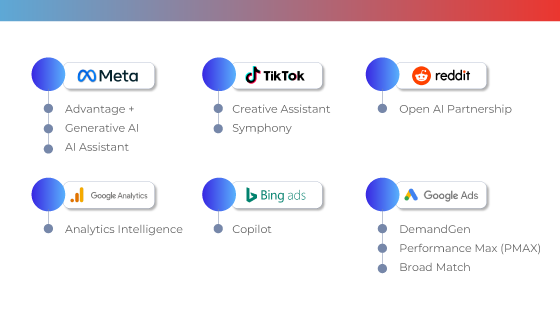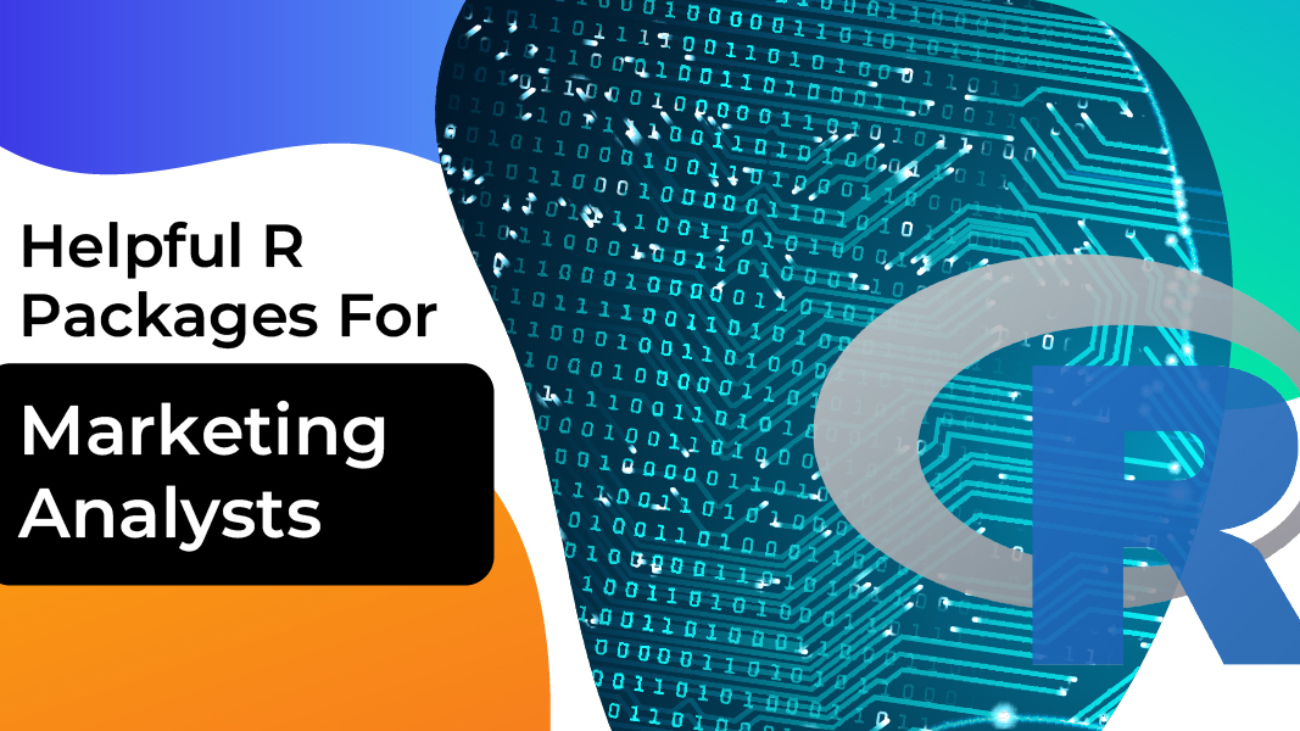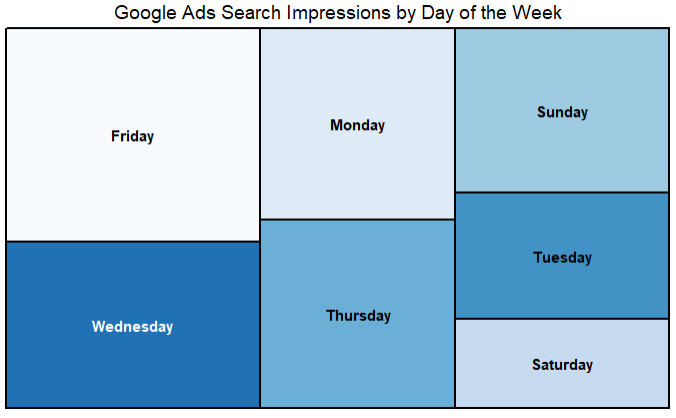Overview
The flood of artificial intelligence (AI) has had profound effects on multiple sectors of business. AI in the class action settlement and notice plan space specifically has, and will continue to have, powerful impacts. If used for nefarious intent or improperly used, it can have significant consequences—from fraudulent traffic and claims, to notice plans with inflated impression totals failing to reach the true target class. However, as with most tools, when implemented and managed properly, it can drive efficiency in cost and results. When utilizing or combating the ever-changing AI technologies across the digital marketing space, Élan ensures the proper steps are taken so that ads serve correctly and comply with applicable ad verification guidelines. These measures support the success of the notice plan’s reach, brand protection, budget, and key performance indicator (KPI) goals. Tools across all digital platforms are implemented, monitored, utilized, and optimized to fit the application of advertising in the Class Action Legal space.
Benefits Across Digital Platforms
Ad Platform Integrated AI
Élan’s experience with AI has been extremely positive as platforms across the digital landscape have deployed AI tools. Campaigns supplementing our manual optimizations with those made by AI are seeing increasingly better and more efficient results. Platforms such as Meta, Google Ads, Bing, Reddit, Google Analytics, TikTok, etc., have implemented several products, and this list is ever-growing.

Drawbacks and How to Combat Them
Bots & Fraud: Digital Advertising Front-End Protection Efforts
While it is difficult to prevent all bot and fraudulent claims submissions, steps can be taken from the front lines of digital marketing to identify, reduce, and monitor an influx of bot and AI traffic. This includes tags, pixels, urchin tracking modules (UTMs), and site filtering. These tools ensure ads are directed to reputable locations and the subsequent traffic to the website can be tracked to the origin of the session and claims data.
Given the multi-media, multi-platform nature of most notice campaigns, traffic to the website is tracked using UTMs or other tracking methods to determine the source and origin of both session and claims data. Élan uses Google Analytics to capture this information and relies on it as a vital, data-driven tool to support decision-making for all media optimizations. We also utilize site filtering and specific targeting to direct ads to reputable and premium inventory. At the same time, we implement blacklists to avoid publishers and inappropriate content categories. These measures support the success of the notice plan’s reach, brand protection, and budget/KPI goals. These tools also assist our team in identifying fraudulent and AI bot traffic and claim submissions through oddities or anomalies amongst the inbound website traffic.
Landing Page: Anti-Spam Tools & Strategies
The measures above can provide the best chance of your advertisements serving to the intended audience, but what about when your website draws eyes beyond your ad spend? The website can still be at risk of spam and bots, which are becoming ever more intelligent through the growth of AI.
Below are a couple of the many strategies that can be utilized to combat this:
reCAPTCHA Placement
reCAPTCHA can be placed alongside your claim form to support traffic verification based on the version selected.
- reCAPTCHA v3
- Provides a score for each use based on the user’s behavior, helping the team identify spam traffic.
- reCAPTCHA v2 (“I’m not a robot” Checkbox)
- Requires the user to check a box to proceed. If Google deems the online behavior to be human, the user proceeds without delay. Alternatively, if the review is failed, a user will be challenged with an additional verification task.
- reCAPTCHA v2 (Invisible reCAPTCHA Badge)
- This version is executed when the applicable button is selected, running a verification without interaction from a user unless the verification fails.
Source: reCAPTCHA Guide
Honeypot
A honeypot is a hidden form field built into the claims form intending to have bot traffic fill it in while humans will not. This prevention tactic can be developed in many different ways through creative coding.
Analytics: Monitoring Traffic & Goals
Continuous monitoring, analysis of web traffic, and notice plan goals are crucial to ensuring bad actors and spam traffic are identified. Luckily, AI-powered products are growing within analytics platforms as well. Google Analytics has developed Analytics Intelligence, which is a set of features powered by machine learning that can be used to detect anomalies, trends, and actionable data insights:
- Analytics Insights
- Anomaly Detection
- Trend Change Detection
- Contribution Analysis
- Recommendations
These tools allow Élan analysts to effectively identify, verify, and optimize the appropriate pacing of each campaign KPI across the notice plan.
Need Help Navigating AI in Your Next Class Action Notice Plan?
Élan has the media and analytics professionals to ensure your plan can utilize all of the benefits of artificial intelligence while mitigating the pitfalls. Contact us today for a free class action notice plan proposal.




